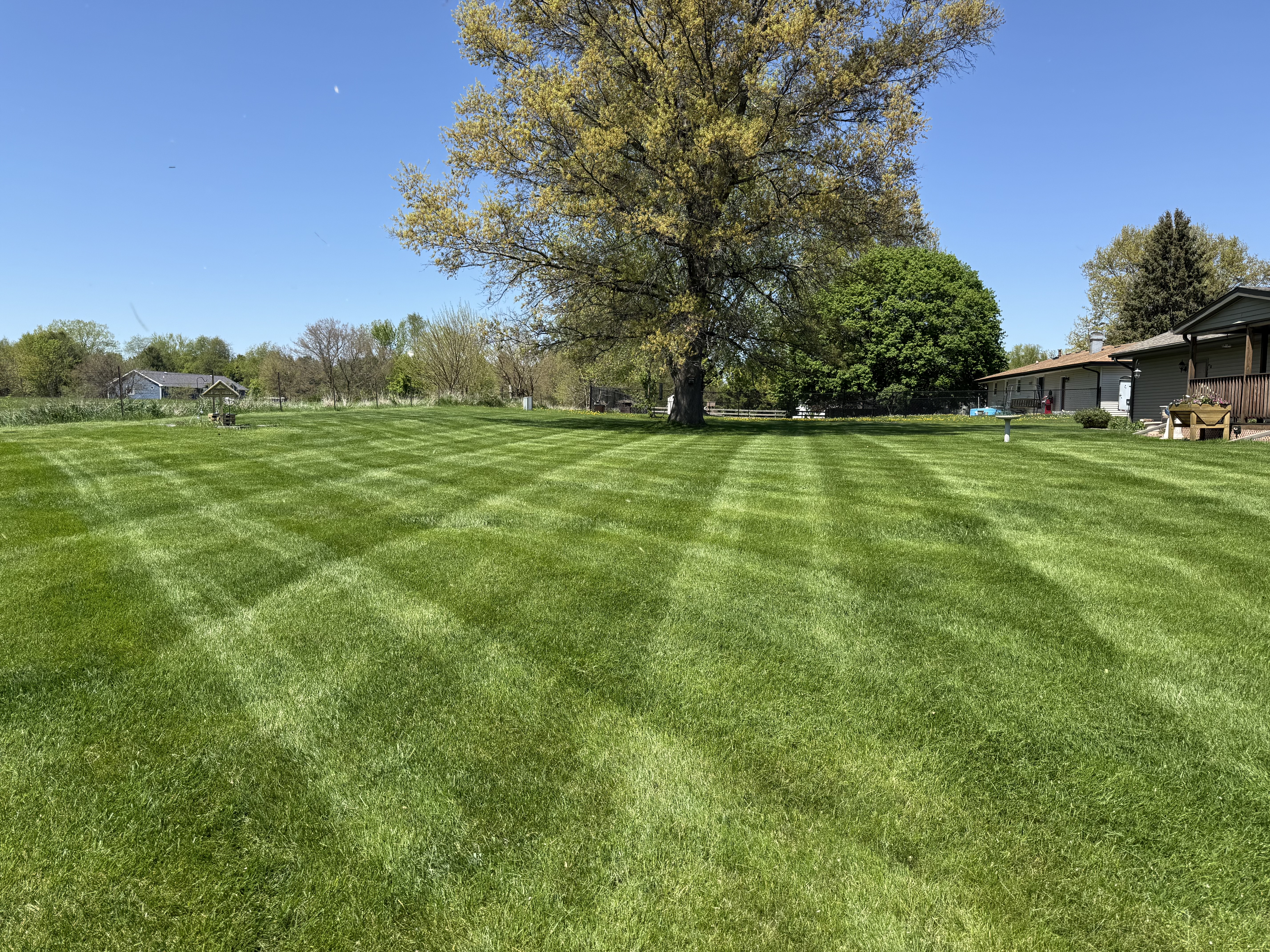
Revitalize Your Lawn: Expert Tips for Year-Long Greenery Sep 22, 2025
A thriving lawn starts with understanding the fundamentals of lawn care. Recognizing your grass type and soil condition is crucial. Different climates and soil types require specific care, so identifying these factors can provide a solid foundation for effective lawn maintenance strategies.
The growing season of your grass determines how you care for your lawn. Cool-season grasses, such as Kentucky bluegrass and ryegrass, thrive in the fall and early spring, while warm-season grasses like Bermuda and Zoysia grass flourish in the summer. Tailoring your lawn care schedule to your grass type can significantly enhance its health and appearance.
Fertilization plays a pivotal role in lawn care. The key is to use a balanced fertilizer, which provides the essential nutrients needed for grass growth. Applying fertilizer at the beginning of the growing season provides your lawn with the necessary boost. However, be mindful not to over-fertilize, as excessive nutrients can harm your lawn and the environment.
Watering effectively is another cornerstone of year-round green lawns. Grass generally requires about one inch of water per week, including rainfall. Deep, infrequent watering encourages deep root growth, making your grass more resilient during dry spells. Water your lawn early in the morning to minimize evaporation and fungal diseases.
Mowing correctly is essential for a healthy lawn. Ensure your mower blades are sharp for a clean cut and avoid removing more than one-third of the grass height in a single mow. Regular mowing promotes dense turf and reduces the risk of weeds. Adjust the mowing height seasonally, keeping it slightly higher in the summer to help protect the grass from heat and drought stress.
Aeration is a beneficial yet often overlooked practice that involves perforating the soil with small holes. This process allows air, water, and nutrients to penetrate down to the grass roots, promoting healthier and stronger turf. Typically done in the fall, aeration is especially valuable for compacted or clay-heavy soils.
Controlling weeds and pests is vital for maintaining a pristine lawn. Regularly inspect your lawn for weeds and use environmentally friendly herbicides when needed. Similarly, keeping an eye out for pests can prevent damage before it becomes severe. Natural pest control methods, such as introducing beneficial insects, can also be effective.
Seasonal lawn maintenance ensures your lawn stays vibrant all year. In the fall, removing leaves and debris helps prevent mold growth and allows sunlight to reach your grass. In the winter, avoid heavy foot traffic on dormant grass to prevent damage. When spring arrives, begin a comprehensive lawn care routine to prepare your lawn for active growth.
With these tips from B&G Lawn Care, you can transform your lawn into a beautiful green space throughout the seasons. By following expert advice and implementing consistent care practices, you ensure a lawn that is not only visually appealing but also healthy and robust. For further assistance or personalized lawn care services, our team of professionals is always ready to help. Contact B&G Lawn Care today to get started on your journey toward a year-long picturesque lawn.
/filters:no_upscale()/media/8927876b-1c3c-4bf8-9ac9-977a22d973a4.jpeg)
/filters:no_upscale()/filters:format(webp)/media/d77aa5f7-8012-439b-ab1e-f548d3762893.jpg)